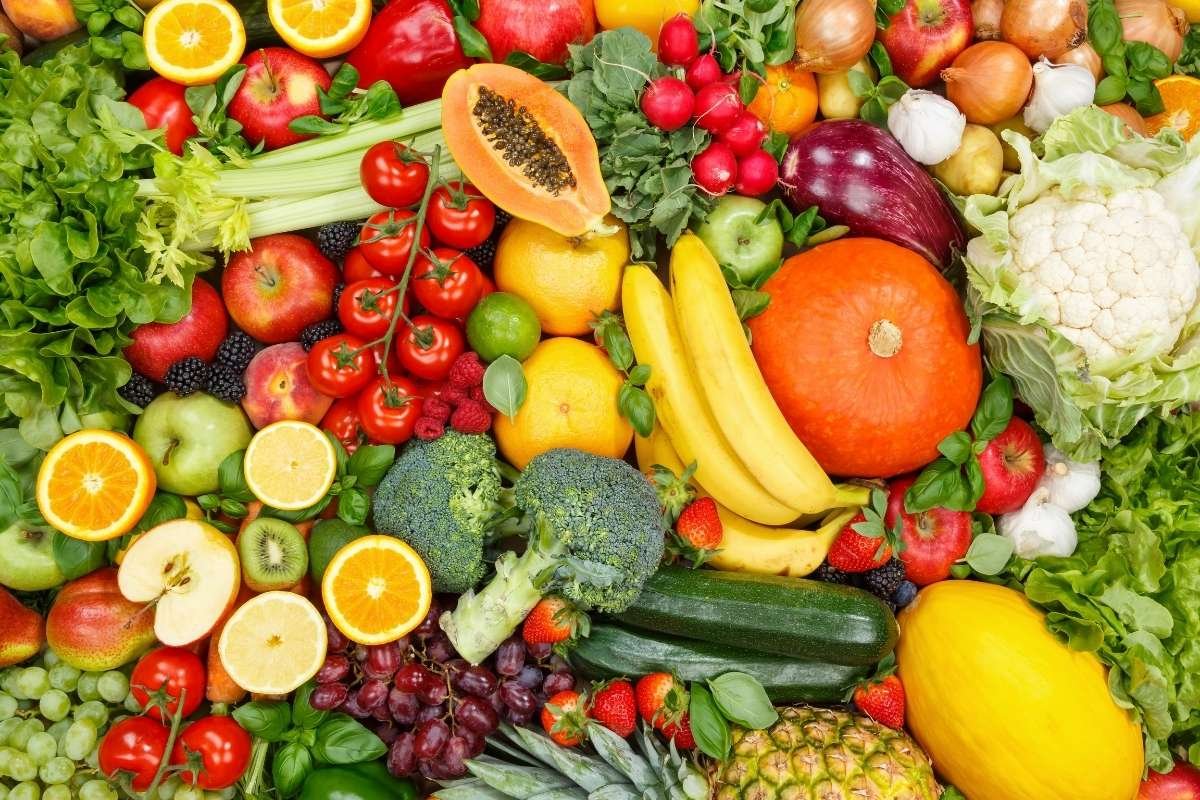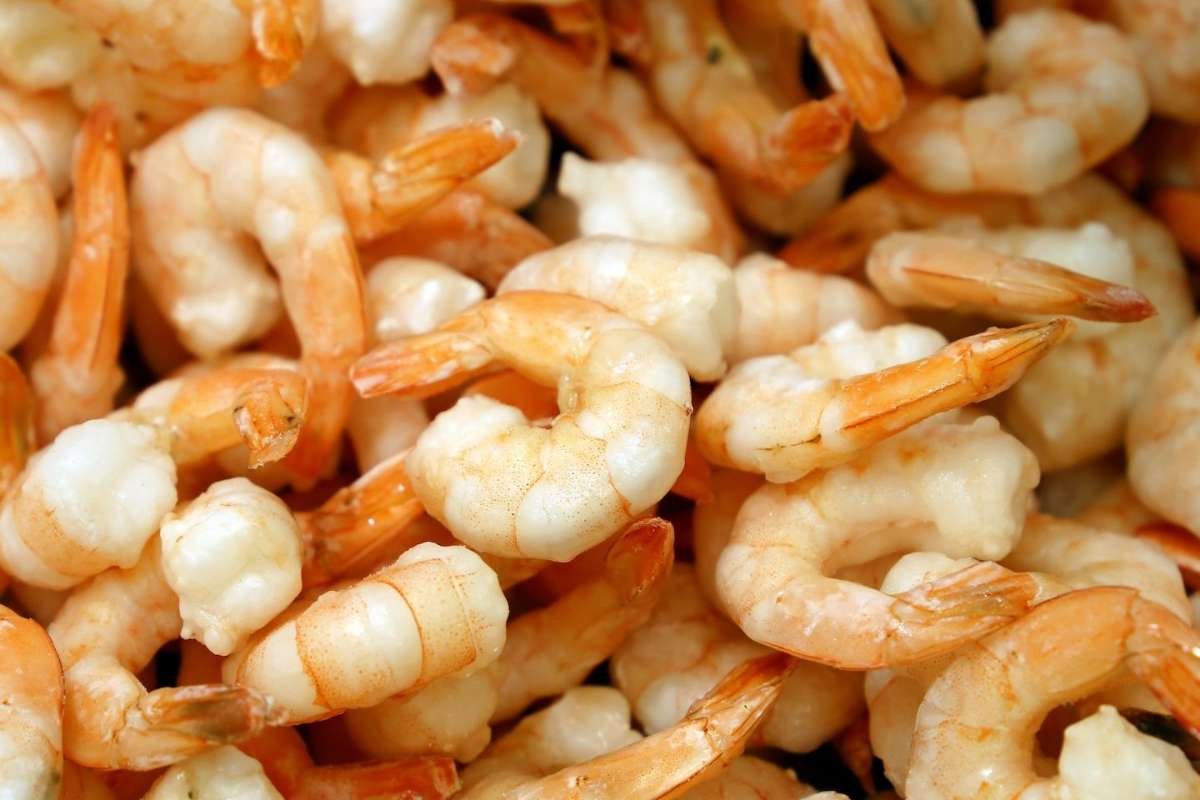Source-Phys.org
Yeast is the creature that, when allowed to ferment in the dark, converts carbohydrates into goods like bread and beer. In many situations, light exposure might impede or even ruin the process.
One of the first strains of yeast ever created that might be happier with the lights on has been created by scientists at Georgia Tech’s School of Biological Sciences, according to a recent study published in Current Biology.
“We were frankly shocked by how simple it was to turn the yeast into phototrophs (organisms that can harness and use energy from light),” says Anthony Burnetti, a research scientist working in Associate Professor William Ratcliff’s laboratory and corresponding author of the study. “They grew 2% faster in the light than in the dark with just the move of a single gene.” It just worked, requiring no tweaking or gentle nudging.”
One significant obstacle to multicellular evolution emerged during these evolution experiments: energy.
“Oxygen has a hard time diffusing deep into tissues, and you get tissues without the ability to get energy as a result,” Burnetti explains. “I was looking for ways to get around this oxygen-based energy limitation.”
Light is one method that organisms can receive an energy boost without the need for oxygen. However, from an evolutionary perspective, the process of converting light into useful energy might be challenging. For instance, a large number of genes and proteins that are difficult to synthesise in the lab and move to other organisms spontaneously through evolution are part of the molecular machinery that enables plants to use light for energy.
Fortunately, there are other living things besides plants that can transform light into energy.
Maintaining Simplicity
Rhodopsins are proteins that, without additional cellular machinery, may turn light into energy, providing organisms with a simpler means of utilising light.
“Rhodopsins are found all over the tree of life and apparently are acquired by organisms obtaining genes from each other over evolutionary time,” notes Autumn Peterson, Ratcliff’s Ph.D. student in biology and the study’s primary author.
This kind of genetic transmission, known as horizontal gene transfer, entails the sharing of genetic material between unrelated organisms. Similar to how bacteria can quickly become resistant to some drugs, horizontal gene transfer can result in swift evolutionary jumps. This occurs frequently with rhodopsin proteins, but can occur with any type of genetic information.
“In the process of figuring out a way to get rhodopsins into multi-celled yeast,” says Burnetti, “we found we could learn about horizontal transfer of rhodopsins that has occurred across evolution in the past by transferring it into regular, single-celled yeast where it has never been before.”
To test if they could give a single-celled creature solar-powered rhodopsin, scientists gave common baker’s yeast a rhodopsin gene that was synthesised from a parasitic fungus. The rhodopsin variant that this particular gene codes for would be put into the cell’s vacuole, a structure that, like mitochondria, is capable of converting chemical gradients created by proteins like rhodopsin into energy.
When illuminated, the yeast with vacuolar rhodopsin grew around 2% quicker, which was extremely advantageous for evolution.
“Here we have a single gene, and we’re just yanking it across contexts into a lineage that’s never been a phototroph before, and it just works,” Burnetti explains. “This says that it really is that easy for this kind of a system, at least sometimes, to do its job in a new organism.”
“The ease with which rhodopsins have been able to spread across so many lineages and why that may be so,” according to Peterson, who recently won a Gilliam Fellowship from the Howard Hughes Medical Institute (HHMI), says a lot about this simplicity and offers important insights into evolution. Carina Baskett, a grant writer at the Centre for Microbial Dynamics and Infection at Georgia Tech, contributed to the research as well.
The group has also started working together to investigate the possibility that rhodopsins could mitigate the ageing effects in yeast by controlling vacuolar activity, which may be linked to cellular ageing. Similar new yeast that runs on solar power is already being used by other researchers to examine improving bioproduction, which might lead to significant advancements in the production of biofuels, among other things.
But Ratcliff and his team are primarily interested in investigating how this extra advantage can affect the single-celled yeast’s transition into a multicellular organism.
Burnetti comments, “We have this beautiful model system of simple multicellularity,” alluding to the Multicellularity Long-Term Evolution Experiment (MuLTEE). “We want to give it phototrophy and see how it changes its evolution.”
Also Read: How Our First Breaths Are Shaped By Immune Cells?







